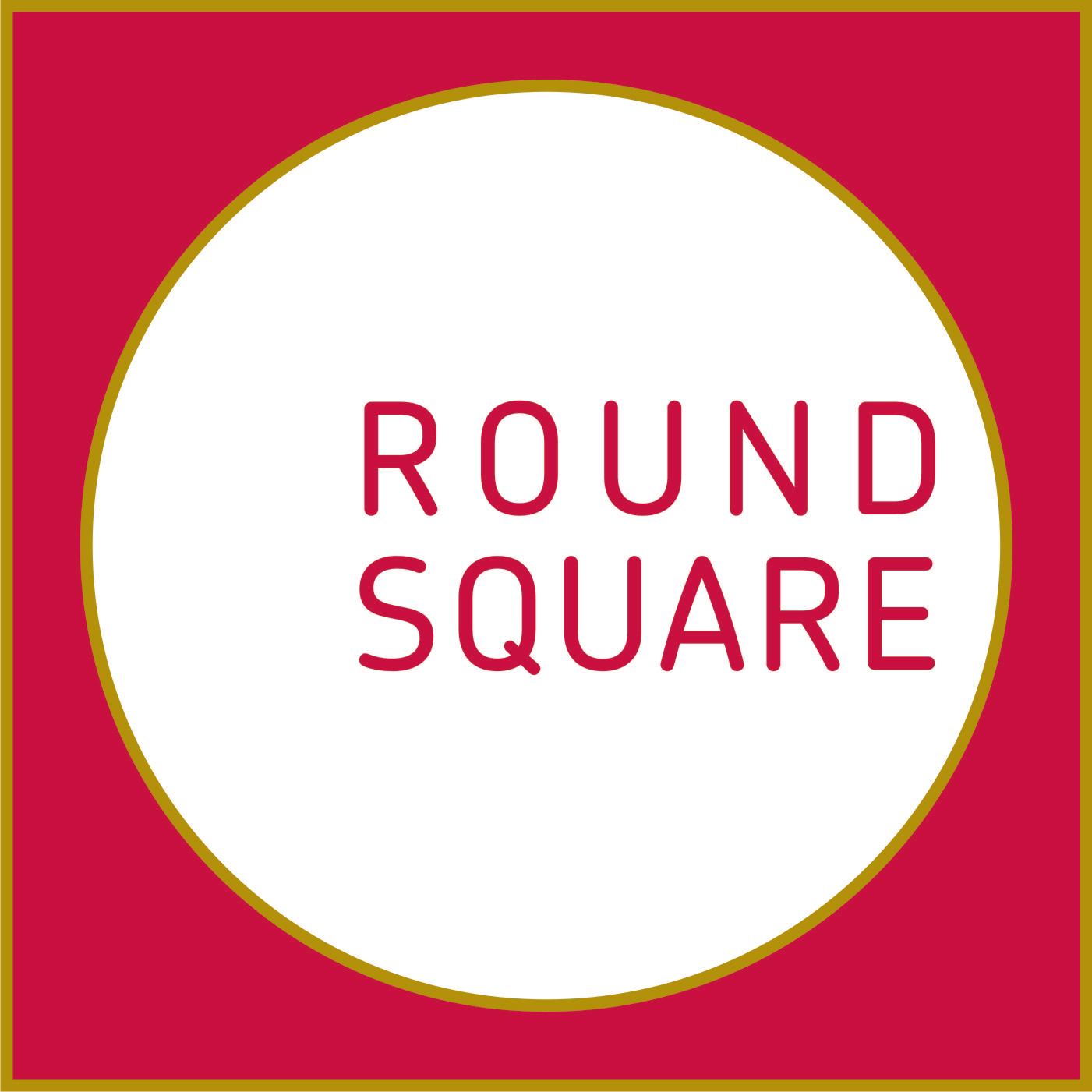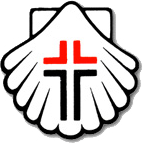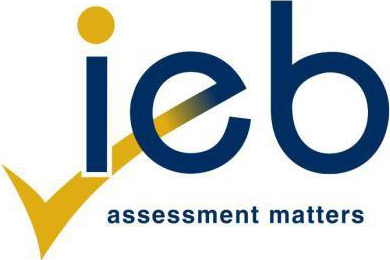Across the Alps Science Tour - Italy, Switzerland, France
Three countries, twenty adventurous boys, two passionate Science teachers, one gigantic particle collider, one breath-taking mountain, one tall French iron lady, one quaint Italian wine farm and numerous flashy MacLarens, Ferraris, Teslas and Merc Maybachs make for the perfect building blocks of one awesome European summer. A summer filled with an exciting amount of Science and adventure.
The purpose of the 2019 Science Tour was to explore High Energy Physics at the frontiers of discovery by visiting the CERN Laboratory, in order to promote modern science in the College and to expose our students to the exciting opportunities that exist internationally in Physics and Chemistry research.
Switzerland
CERN was our main focus of the tour, and is situated just outside Geneva on the border of Switzerland and France. CERN is not to be confused with the Swiss town called Lucerne. CERN is an acronym for “The European Organization for Nuclear Research”, in French. It was founded after the Second World War under the auspices of UNESCO by twelve member states, with the CERN Convention signed in 1953: the same year that St Stithians was founded. CERN’s goal is and always has been “science for peace”, which means its technology and knowledge is strictly not for military use. All of its knowledge and research is open to the public, at free access.
CERN has become one of the most successful models of international collaboration, where over twelve thousand scientists from all over the world work together to solve the mysteries of the Universe. It is the world’s largest particle physics laboratory and it houses the most powerful particle accelerator ever built. Physicists use this accelerator the 27km long Large Hadron Collider to smash protons into protons and lead ions into lead ions at nearly light speed to produce the most fundamental particles, like top and bottom quarks and the Higgs boson. Ms Swanepoel organized an underground visit to CMS, one of CERN’s particle detectors inside the Large Hadron Collider tunnel which sits 100m below ground on the border between Switzerland and France. What an inspiring sight into this machine which discovered the Nobel Prize winning particle that gives mass to all matter in the Universe. The group spent two days at CERN, and also visited the CERN Control Centre which is like a typical NASA rocket launch control room. Physicists control the particle beam system from the CERN Control Centre. The boys also did a hands-on experiment, building their own particle detectors known as cloud chambers. Ever seen an electron, positron, alpha particle, muon or gamma ray with your bare eyes? Of course that would be impossible, but a cloud chamber makes these invisible particles and cosmic rays visible. The supersaturated vapour in a cloud chamber condenses onto the ionised paths left behind when these particles zip through the cloud chamber, leaving a trail of the particles trajectory. Contrails form in a similar way.
CERN does research on the fundamental building blocks of the Universe and the forces that govern them, but the spin-offs from that research has been driving technology for decades.CERN is the birthplace of the World Wide Web or the internet as we know and use it today.It is the place where the Nobel Prize winning Higgs boson the particle that gives all matter its mass was discovered. Without CERN we would not have touch screen technology or GPS. We would not have medical PET-scan imaging, used to diagnose cancer.Through particle accelerator technology, CERN invented hadron therapy to treat cancer. CERN has its own anti-matter factory, where physicists produce and trap antimatter long enough to study it.
CERN is the most inspiring place from a scientific point of view. It’s a bit like Science Disneyland if you get to see all and understand what they do there. To put it into perspective: our students have seen at CERN what many Physics students will never have the privilege of seeing till after completing their PhD’s.
The UN and the Red Cross
While in Geneva the group also visited the United Nations Offices. With more than 40 diplomatic meetings taking place every day, UN Geneva is a true meeting place of Nations. The Red Cross Museum was another beacon of goodwill we visited in Geneva. There, among other things, we listened to the stories of numerous immigrants who were forced to flee their home countries, and how the Red Cross has come to their aid. This was an eye opener, and one left the Red Cross with a sense of humility, glad that we belong to this beloved country in Africa.
Mont Blanc Massif and Aiguille du Midi
An en-route bonus was to summit Mont Blanc, one of Europe’s highest mountains in the Alps, by cable car from the ski resort Chamonix. Mont Blanc is always pristinely covered in thick snow and ice even in the scorching heat of summer. Atop Aiguille du Midi in the Alps, sits one of the most important laboratories for permafrost research. The boys felt very privileged to have summited Aiguille du Midi and learn about some physical phenomena at such high altitudes.
France
Paris
Another bonus was to summit Europe’s highest architectural structure nicknamed “La dame de fer” Paris’s iron lady or the Eiffel Tower, with the accompanying of a Parisian guide. Besides the LHC, this 324m tall tower is one of the world’s biggest civil engineering feats. And it was a thrill for the boys and teachers to behold the Eiffel Tower’s 20 000 lightbulbs as they started twinkling every hour, on the hour, from 10 to 1 at night. We also had a guided city bus tour along the Champs Elysees, from the famous Palace des Invalides to the Arc de Triomphe.
Italy
Rome
Italy was another magical experience. We started our visit to Italy on a wine farm in the Frascatti region near Rome, then headed for Rome where we visited the Sistine Chapel in the residence of the Pope the Vatican City. We visited the Colosseum, the Spanish Steps and made wishes on coins at the Trevi Fountain.
Florence, Pisa, Maranello, Milan
From Rome the tour headed North-west to Florence and the Galileo Museum, then to Pisa and the leaning tower, the Ferrari factory at Maranello, and then on to Milan. The way physics and engineering have benefited and changed the world came to the fore during these valuable visits.
Our Science Tour was as much an education as it was an adventure! Thank you to Ms Swanepoel who organized the tour, taught the boys modern Science and made them aware of international career opportunities in science.
Also, thank you to Mr Lambson who accompanied the group and who provided a good amount of comic relief and inspiration to the tour group. Further tours to CERN and other international places of scientific interest must continue in order to foster the spirit of internationalism and collaboration, and to inspire the next generation of modern scientists.
























































































































































































